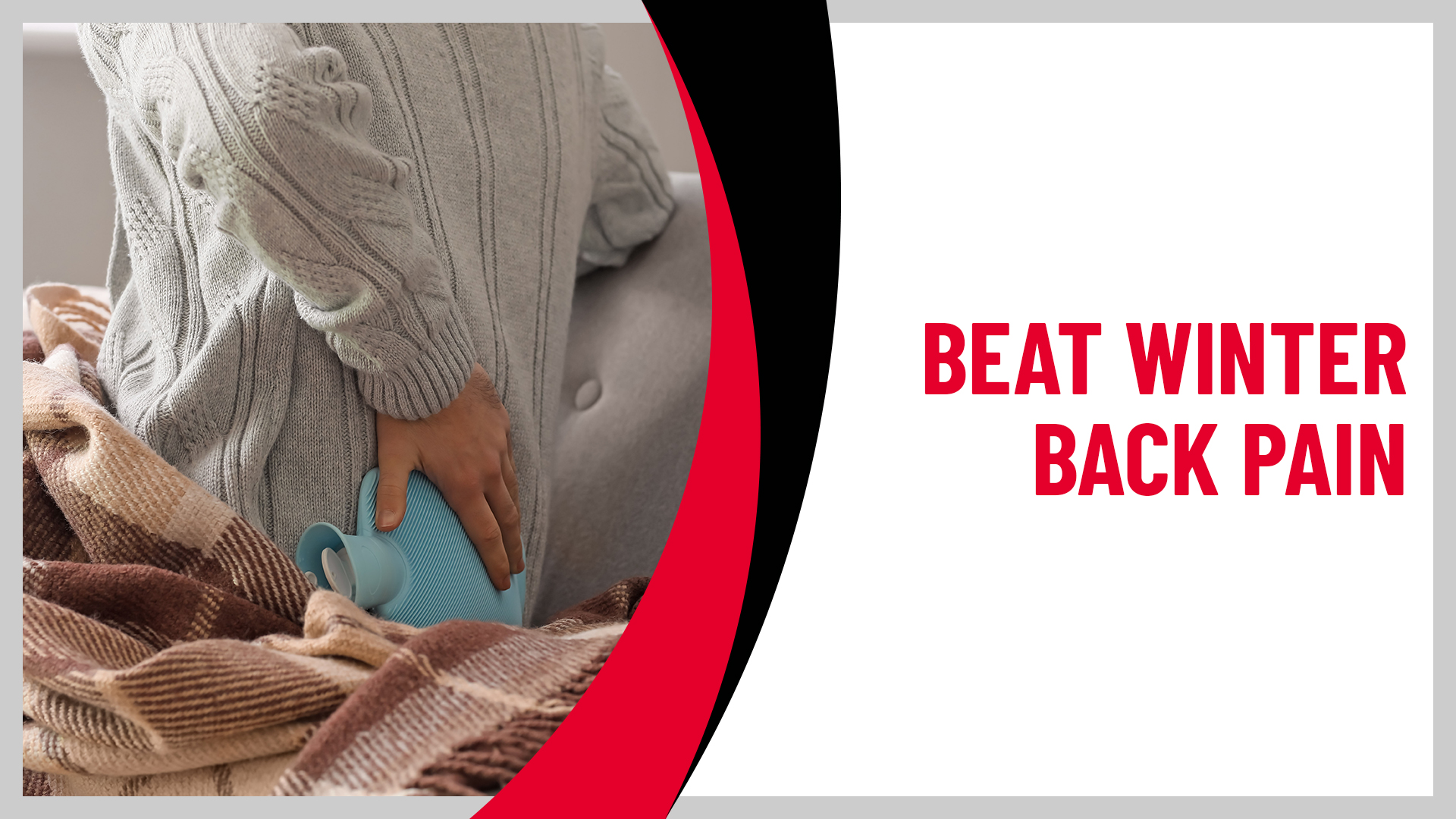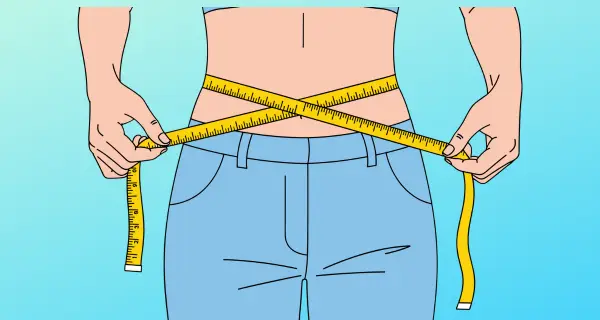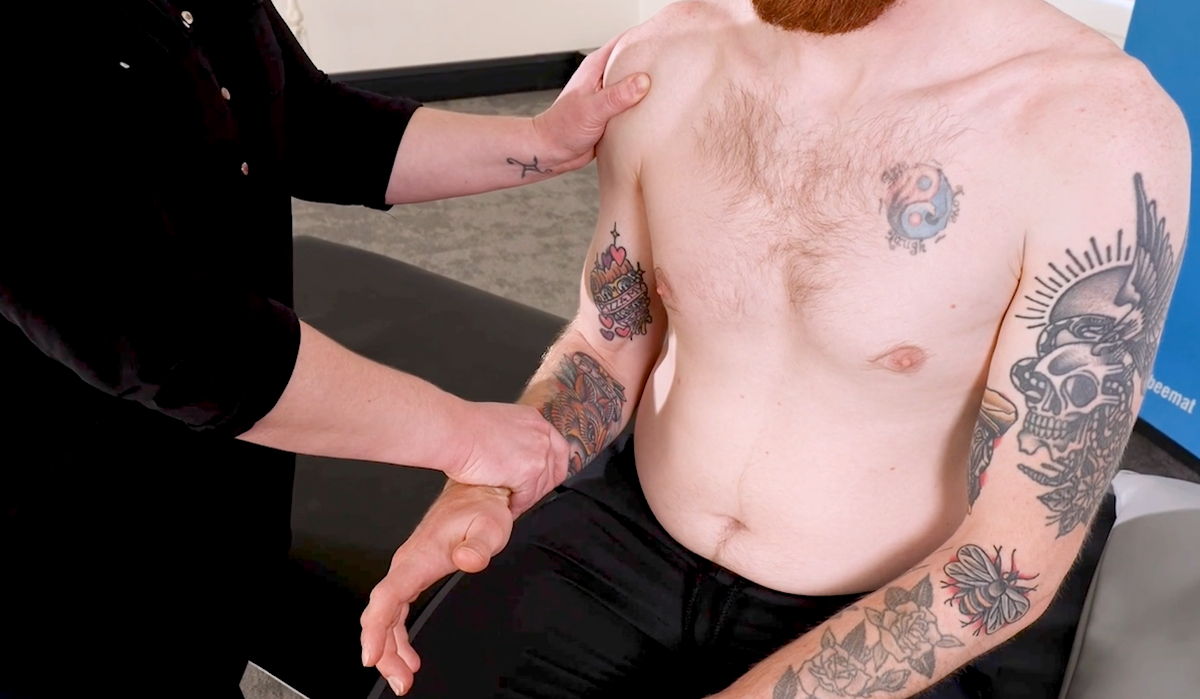Cold weather can make your back feel tighter, stiffer, and more prone to injury. Reduced activity, tense posture, and outdoor chores like shoveling often make back pain worse in winter. This guide explains why back discomfort increases during cold months, how to prevent stiffness, and simple stretches you can do at home. You will also learn how physical therapy can help with long-term back pain.
Reviewed and contributions made by VP of Clinical Development Thomas Denninger
Key Takeaways
- Poor posture and inactivity often worsen back pain during winter.
- Gentle movement and daily stretching can ease stiffness and improve comfort.
- Physical therapy can build strength, mobility, and confidence for lasting back pain relief.
- In most cases, no doctor’s referral is needed to begin care with ATI Physical Therapy.
Why Back Pain Gets Worse in Winter
As temperatures drop, the body conserves warmth by tightening muscles and limiting blood flow to the extremities. These changes can make your back feel stiff or sore, especially if you are already prone to back pain. Shorter days and less movement add to the problem, leading to weaker muscles and reduced flexibility.
According to the American Physical Therapy Association (APTA), colder weather often leads people to move less, which increases the risk of back pain flare-ups (Source). The APTA recommends maintaining regular activity, gentle stretching, and posture awareness to keep the spine healthy year-round (APTA, ChoosePT Movement Tips).
If cold weather has you feeling stiff or sore, come to ATI Physical Therapy for an initial evaluation. A licensed physical therapist will design a plan around your needs. In most cases, no doctor’s referral is needed to get started
Common Winter Back Pain Triggers
Winter activities and habits can strain your back more than you realize. Simple daily adjustments can help you prevent flare-ups and move with less pain.
Cold Muscles and Poor Warmups
Muscles are less flexible in the cold. Starting heavy chores or exercise without a quick warm-up increases strain risk.
Shoveling Snow or Lifting Awkwardly
Bending and twisting with a heavy shovel or lifting while cold can cause muscle pulls or disc irritation.
Prolonged Sitting or Hunching Indoors
Cold weather keeps many people sitting longer. Slouching on the couch or leaning over a laptop tightens back muscles and weakens posture.
Slips and Near-falls
Even a minor slip can strain muscles that catch you mid-fall. Tightening up to avoid falling can leave your back sore for days.
Simple Prevention Tips at Work
Small, consistent changes in movement and posture can make a big difference in how your back feels this winter.
- Warm-up before activity
Walk in place or do gentle torso twists for a few minutes before shoveling, walking, or exercising outdoors. - Maintain good posture
Keep your shoulders relaxed and your head over your chest when sitting or standing. Avoid long periods of slouching. - Use proper lifting techniques
Bend at your knees and hips, not your waist, when lifting. Keep the object close to your body and avoid twisting. - Stay active indoors
Simple stretches, short walks, or light exercise help maintain circulation and flexibility. Even 10 minutes several times a day can help. - Dress for warmth
Layer clothing to keep muscles warm and flexible. Cold, tense muscles are more likely to strain during activity.
As the APTA notes, regular movement throughout the day helps maintain muscle balance and prevent pain even in colder months (APTA, Movement for Musculoskeletal Health).
At Home Stretch Routine for Winter Back Relief
Gentle stretching helps keep your spine mobile and reduces stiffness. Try these simple movements each day. Stop if pain increases. If you are unsure of form, a physical therapist can demonstrate safe technique or adapt stretches to your needs.
- Cat/Cow stretch
Start on hands and knees. Gently round your spine upward (cat), then arch your back and lift your chest slightly (cow). Repeat 8 to 10 times. - Seated spinal twist
Sit tall in a chair. Cross one leg over the other and gently rotate your torso toward the top knee. Hold for 10 to 15 seconds, then switch sides. - Knees to chest stretch
Lie on your back and bring both knees toward your chest. Hold for 20 seconds and breathe deeply. - Standing back extension
Place your hands on your hips and slowly arch backward. Keep movements gentle and pain-free.
Note: ATI Physical Therapy can demonstrate and adapt these stretches during your visit. In most cases, no doctor’s referral is needed to begin care.
How Physical Therapy Helps Winter Back Pain
A licensed physical therapist can identify what is causing your pain and design a plan that fits your activity level, posture, and goals. Winter back pain often involves stiffness and weakness from inactivity, both of which respond well to guided movement and strength training.
Physical therapy can help by:
- Reducing stiffness through manual therapy and stretching.
- Strengthening postural and core muscles for better support.
- Teaching safe lifting and shoveling techniques.
- Providing ergonomic advice for sitting, driving, and home chores.
Physical therapy is evidence-based and focuses on sustainable habits to prevent pain from returning.
Quick Self Check
Use this list to decide if it is time to see a physical therapist:
- You feel stiff every morning or after sitting.
- Back pain worsens with cold weather or outdoor chores.
- You avoid activity because you fear pain or reinjury.
- Pain has lasted more than a week without improving.
If you answered “yes” to two or more, it might be time to schedule an evaluation.
A licensed physical therapist can identify the cause and design a personalized back pain relief plan for you. If needed, we will coordinate with your physician to ensure you get the right care.
Ready to take the next step?
Book an Evaluation Today
Frequently Asked Questions
Why does cold weather make my back hurt?
Cold temperatures can tighten muscles and restrict blood flow, leading to stiffness and pain. Reduced movement also contributes to discomfort.
Should I stretch before shoveling snow?
Yes. Light warm-ups like arm swings or torso twists prepare your muscles for the activity and lower your risk of strain.
How do I stay active when it’s cold outside?
Try short indoor workouts, gentle yoga, or walking in place. Even brief activity helps prevent stiffness.
Can physical therapy help chronic winter stiffness?
Absolutely. Physical therapy improves flexibility, posture, and strength, reducing pain and preventing future flare-ups.
When should I see a professional?
If pain lasts more than a week, interrupts sleep, or limits your movement, schedule an evaluation. Early care prevents long-term issues.









